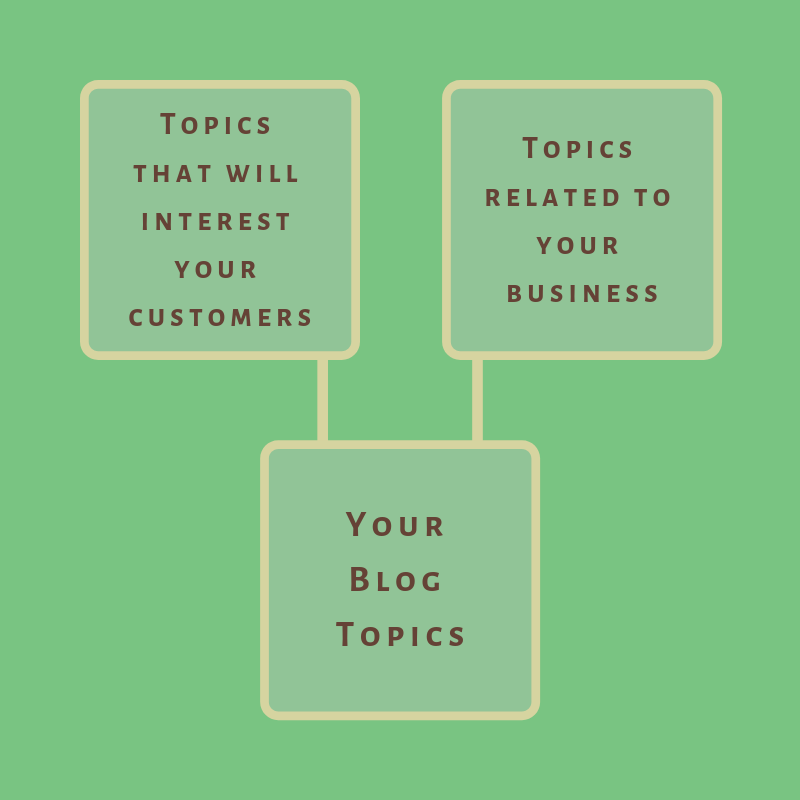How to research content for your blog?
The importance of an audience Picture this – you are front and centre in a classroom or assembly hall at 13 years old, asked to do a presentation on a…
The importance of an audience
Picture this – you are front and centre in a classroom or assembly hall at 13 years old, asked to do a presentation on a bland topic given to you by your teacher. Unless your presentation is spectacular or funny it’s likely that the entire thing fell on deaf ears. Kids are half asleep in their chairs, dreaming about what they are having for lunch or just willing the time to move faster. Essentially, you are trying to preach to an empty room.
This is the exact reason that research is important – you want to make sure that everything that you put out there is relevant and reaching the correct ears.
If you are running your own business then research is probably something that you are tired of hearing about, in fact, you’re sick of it, however, it’s vital to the success of your business. Put that work in and you’ll be much more likely to reach people and get them interested in what you and your business has to offer.
A question that you might ask at this point is:
“If I just shout out to everyone, won’t that get me more views/engagement on my blog/website/social media?”
The simple answer is no, think back to that school children audience, the topic you were given was probably tangentially related to them (think: healthy eating, cyber security or peer pressure) but they won’t be topics that any child in the room is truly interested in at the time. With your business, you want to focus on topics that relate and interest your audience/customers and link back in some form to your business. This little diagram below should give you an idea of what we mean!
Researching and creating content for your audience
We’ll be looking at the subject through the eyes of a content creator. If you’ve got a blog, a newsletter or any do form of online communication/social media then this one is for you!
Questions for you to answer at the end of this post:
- Who are my customers?
- What do they want to read about?
- How can I come up with topics that are related to both the customer and my business?
Who are my customers?
These two posts by Kittie will help you with finding the answers to this question using buyer personas – using these tools you can build up a picture of a real person in your mind and you should use it when doing anything related to content creation.
Once you have a solid idea of your target market in your mind it will become easier to understand their likes, dislikes and pain points and thus will become easier to write!
“Remember who you are writing the content for, hint, it’s not for you!”
Let’s look at an example of a business deciding on topics to cover for their blog. In a previous blog, we met Mary. Mary owns a floristry brick and mortar shop on a busy high street. She wants to build up her online presence and has decided that writing a blog would be a good way to impart some knowledge, attract more online orders and add extra value – but which topics should she be focussing on?
Before we jump into this example full throttle we need to remember we will be focusing on one particular target market but it’s likely that she would have multiple buyer personas including weddings and luxury home decorations, she would then decide on her topics with multiple markets in mind.
Additionally, Mary has a fantastic opportunity to hear from the horse’s mouth on the topics that might be worth writing about. Simple conversations she has with clients in her should lead to a number of important topics that everyone would benefit hearing about!
With that out of the way, let’s investigate this a little more.
From her business on the high street, she knows that the majority of sales she makes are to males in mid-thirties to late fifties. She speaks to the shop and knows that many of them commute to the city for work using the local tube station and walk past her business every day on their way to work.
Many of her floral arrangements are made for special relationship based occasions (birthdays, anniversaries and proposals) and so she decided to focus in on this when building up her content. This leads us into question number two…
What do my customers want to read about?
This is where you really investigate the pain points of your customers. In Mary’s case this would look something a little like this:
- Lack of time due to commutes and long working hours
- They want to give a meaningful gift but due to lack of time, they fall back on old favourites.
- Many of her customers have had bad experiences with online flower retailers and supermarkets and are looking for something more personal than a bunch of flowers through the postbox or off the rack.
- Most of her clients have missing knowledge when it comes to flowers and needs expert advice.
From these points, we are able to boil down to a couple of broad topics that Mary can write about.
How can I come up with topics that are related?
Once you’ve got the research portions above done it becomes much easier to decide on your topics – you know who your customers are, what they like and dislike, you know about their lifestyles and their pain points. So put yourself in that buyer personas shoes, if I was this person, what would I want to read.
It’s now simple for Mary to come up with topics that would interest her target market. She decides on a mix of helpful advice for keeping flowers and plants healthy as well as some posts about special occasions, birth flowers and posts that help her clients decide on the best flowers for their loved ones.
She keeps in mind that her clients are looking for exceptional service and advice from her so she will add some of this to her offering in the form of her blog post as well as other parts of her marketing strategy.
Along with her client’s pain points, she will also want to implement some posts each month notifying people about her sales during the year (Christmas specials, Valentine’s day etc)
All of these topics are very general and she can come up with dozens of posts for separate events throughout the year, additionally, much of the content will be evergreen allowing her to just do updates on the topics over the years.
The main point to take from this post is that you need to write about the content that your customers want to see. If you are currently at the confusing stage of trying to figure out your audience then use this as a guide to help you understand them a little more and that should clear some of the fog!
Building buyer personas and creating editorial calendars is one of the services that we offer here at Avidmode. If you’d like to discuss this with use then pop us a message through our contact form or reach out to us on our social media!
If you enjoyed reading this blog post, check out similar ones in the sidebar. Feel free to get in touch with to chat about your latest project ideas - we love a good excuse for more tea.





